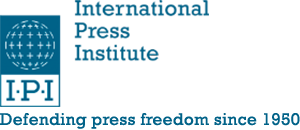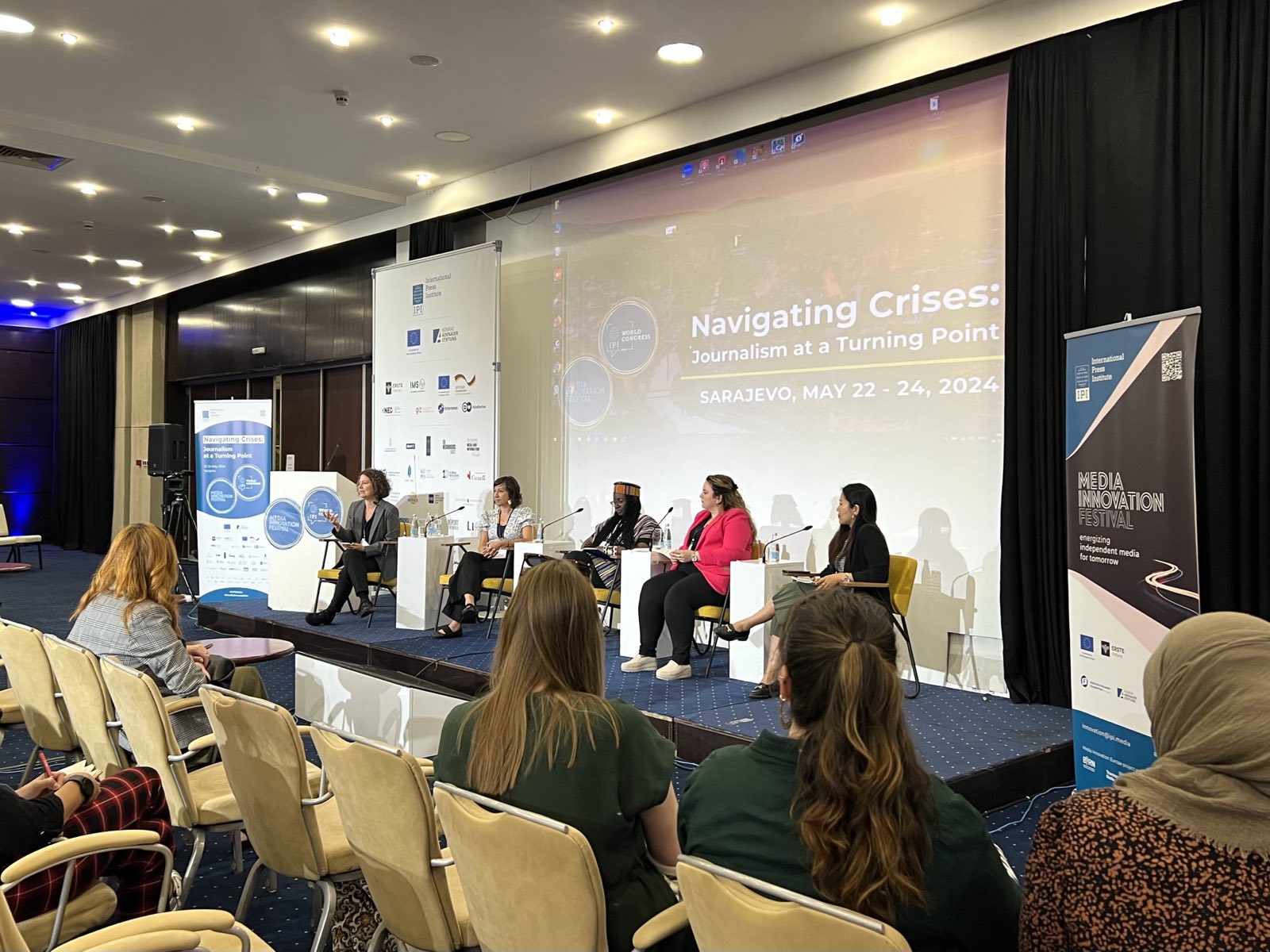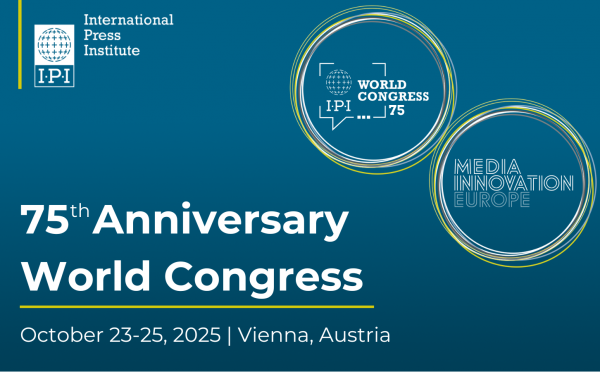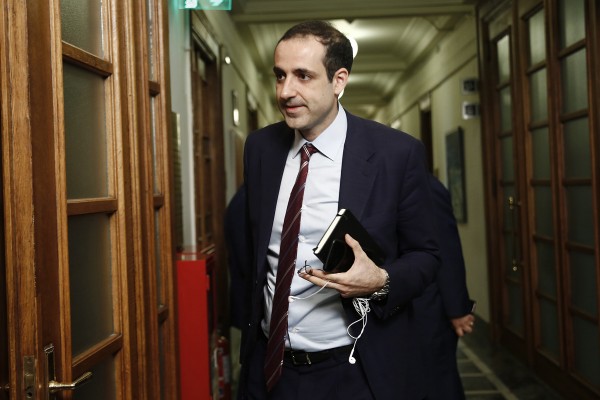Women have long felt that mainstream media is not listening to and representing them properly, despite of the fact that they make up half of the world’s population. In recent years, this misrepresentation has given rise to a number of media organizations that look at the world through a feminist lens, trying to showcase women’s and, more generally, marginalized communities’ perspectives.
Their successes and trials set the tone of the panel Bursting bubbles: Feminist media innovate to reach wider audiences, moderated by Izabela Moi (Agência Mural, Brazil) on the last day of IPI’s 2024 World Congress and Media Innovation Festival.
“We wanted to have a voice”, said Laura Aguirre of Alharaca (El Salvador) explaining the motivation behind the creation of her media organization.
We were tired of always try to convince our male colleagues that diversity matters. We are not a minority in society. Our issues are of universal interest.
Her experience also reflects that of Bhrikuti Rai, co-founder of Boju Bajai (Nepal): “We started out with the goal to bring private, intimate conversations that women have into the public”, she said referring to the podcasts created by Boju Bajai. “We look through a gender lens and try to challenge the narrative that women’s stories are either sob stories or that you have to do something challenging to get coverage, like climb the Everest.”
>> Receive our innovation newsletter The Outlook directly in your inbox.
Instead, Boju Bajai focuses on issues such as women in STEM, women’s citizenship rights or the experiences of trans sex workers. All of them addressed with a sense of humour or, as Rai called it, “an LOL at the end”.
Now, does a feminist lens exclude male or generally privileged audiences? The answer is nuanced.
Aguirre of Alharaca made a clear statement: “We are not interested in convincing or educating people who are against women’s rights. This is not our job. We rather focus on building loyalty between us and the audience that wants our content.”
Aldina Salkanović (Women’s Forum Prijepolje, Serbia) highlighted the importance of combining intersectional values with broader journalistic values and topics: “We treat other topics of social significance too, we write about people with disabilities, rural stories. (…) But we try to integrate women as interlocutors.”
Lastly, Catherine Gicheru, Director of the Africa Women Journalism Project, which seeks to amplify the voices of female journalists and increase coverage of underreported issues, went one step further and made a case for seeing the gender perspective as the default perspective guiding storytelling:
There is no excuse. It has to be the default. If you’re going to write about politics, how is that impacting 51% of society? If you’re going to write about climate, where are we in the story? (…) If [this] becomes the default, that means we have a more inclusive media.
In the meantime, the question remains whether leading a media organization that is openly feminist has an impact on revenue sources and financial sustainability.
“As a feminist outlet, we are dealing with some topics that cannot be paid. There is no interest from companies in them”, said Aldina Salkanović. This is why the Women’s Forum Prijepolje has a range of projects that are not necessarily news-related, but still aimed at educating women.
“We had one project where we were talking about inheritance”, Salkanović explained, “because in our society there are still women who relinquish their rights in favor of male relatives. We went to villages, tried to make contact with these women. (…) What’s important is to continue building trust.”
Bhrikuti Rai added to the diversification discussion by explaining that “in Nepal, people are not used to paying for digital journalism”, so Boju Bajai has organized live events where the audience is specifically asked to register and pay in order to attend.
Similarly, Catherine Gicheru suggested looking more intently at the expansion of specific projects rather than the survival of the media organization itself, so as to be able to secure tailored funding.
Alharaca relies on grants and communications services, and has managed to turn its feminist lens into the selling point: “In El Salvador, our feminist label is what differentiates us. Most international organizations are looking for someone who can talk about gender and diversity as an expert, so that’s helped us a lot”, said Laura Aguirre.
A piece of advice coming from her concerns saving money whenever possible: “In grant budgets”, she explained, “I always include an amount to support the operational work of the organization. This way, I have time to think about the real business model” and redirect funds from other sources to the savings account.
In time, however, the conversation should move to structural approaches, alleviating pressure from individual media, said Gicheru:
Let’s support gender reporters. Support women journalists. Support allies of women journalists. Let’s provide structures in the newsroom so that we can change the whole ecosystem.




